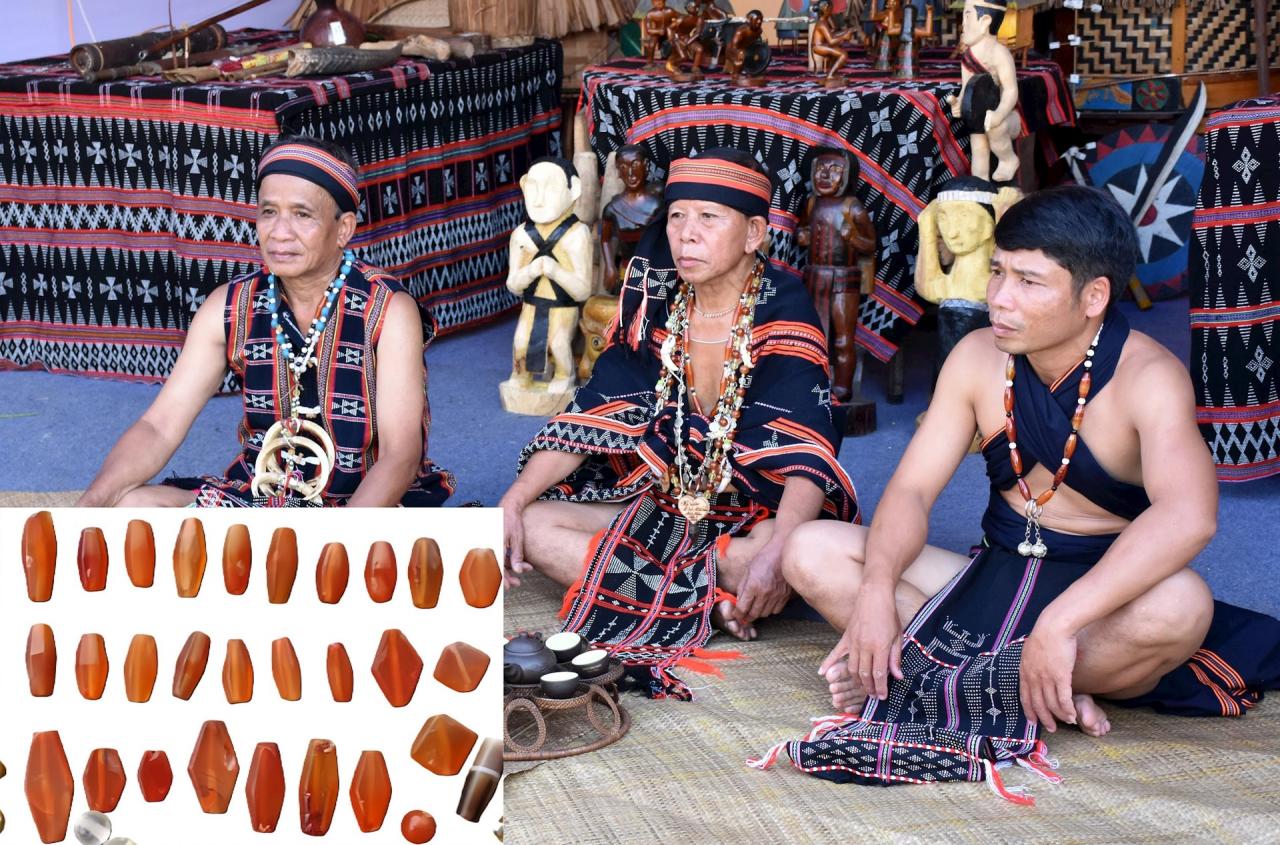
In addition to common characteristics, each region has its own cultural features depending on the residential area, natural conditions, customs, etc. Descendants of the ancient Sa Huynh residents continue to inherit and promote this culture at different levels, some places are strong, some are faint, but in their minds, the ancient cultural values of their ancestors are still there.
Traces of the past
In Central Vietnam, during the early Iron Age, 2,000 to 2,500 years ago, the ancient Sa Huynh culture appeared. Sa Huynh relics are distributed in a large space, from islands, coastal plains to riverside hills to midlands and mountain valleys.
Through excavations at Sa Huynh cultural sites in Quang Nam and Da Nang, archaeologists have collected thousands of ceramic artifacts.
Sa Huynh culture pottery includes pots, jars, bowls, etc., beautifully shaped and decorated with various patterns. Among these, the most common are continuous triangular patterns. This type of pattern commonly appears on the brocade textiles of the Co Tu people and on X'nur columns (posts used to tie buffaloes for sacrifice), on the main columns in mirrors, and on decorations on tombs.
Along with that, the types of jewelry in Sa Huynh burial relics include earrings, bracelets, stone and glass beads, especially agate beads with many shapes, round, diamond, bamboo segments...
Nowadays, agate beads and multi-colored beads are also very popular in Co Tu jewelry. For a long time, Co Tu people considered agate a valuable asset, at one time only about 10 large agate beads could be exchanged for a buffalo.
The Co Tu people also draw or carve diamond-shaped motifs in the form of agate beads on the body of X'nur pillars and on brocade fabrics. Thus, it can be seen that Sa Huynh agate beads are closely associated with aesthetic thinking and have been deeply ingrained in the Co Tu people's consciousness.
From two-headed animal earrings to two-headed buffalo coffins
Being closely associated with spiritual life, the image of the buffalo has entered the Co Tu art very vividly. In Co Tu sculpture, the first thing to mention is the coffin with two buffalo heads.
This is a very special type of coffin made from two hollowed-out tree trunks; the outside of the lid is shaped like a buffalo's body, with two buffalo heads symmetrically located at the two ends of the coffin lid; the buffalo head is depicted very realistically with curved horns.
The buffalo head is also depicted on the tomb house. In some places, two buffalo heads are carved symmetrically on the two ends of the roof ridge. In other places, two buffalo heads are depicted on two wooden bars blocking the two ends of the tomb house roof.
The image of two symmetrical buffalo heads on the Co Tu coffin reminds us of the two-headed animal earrings in the Sa Huynh culture. These are stone earrings, carved with two symmetrical animal heads with horns curved forward; some people believe that the two animal heads depicted on these earrings are goats or saola.
However, goats and saola are not closely associated with the spiritual life of ancient Southeast Asian people. Therefore, we believe that the two-headed animal image on the earrings is actually two buffalo heads. And perhaps the two-headed buffalo image on the Co Tu coffin is a “cultural preservation” or “return to tradition” originating from the Sa Huynh culture of ancient times.
Connecting ancient ceramic lines
The Co Tu people in Co Noonh village (A Xan commune, Tay Giang district) are one of the very few ethnic minorities in the Truong Son - Tay Nguyen region who know how to make pottery.
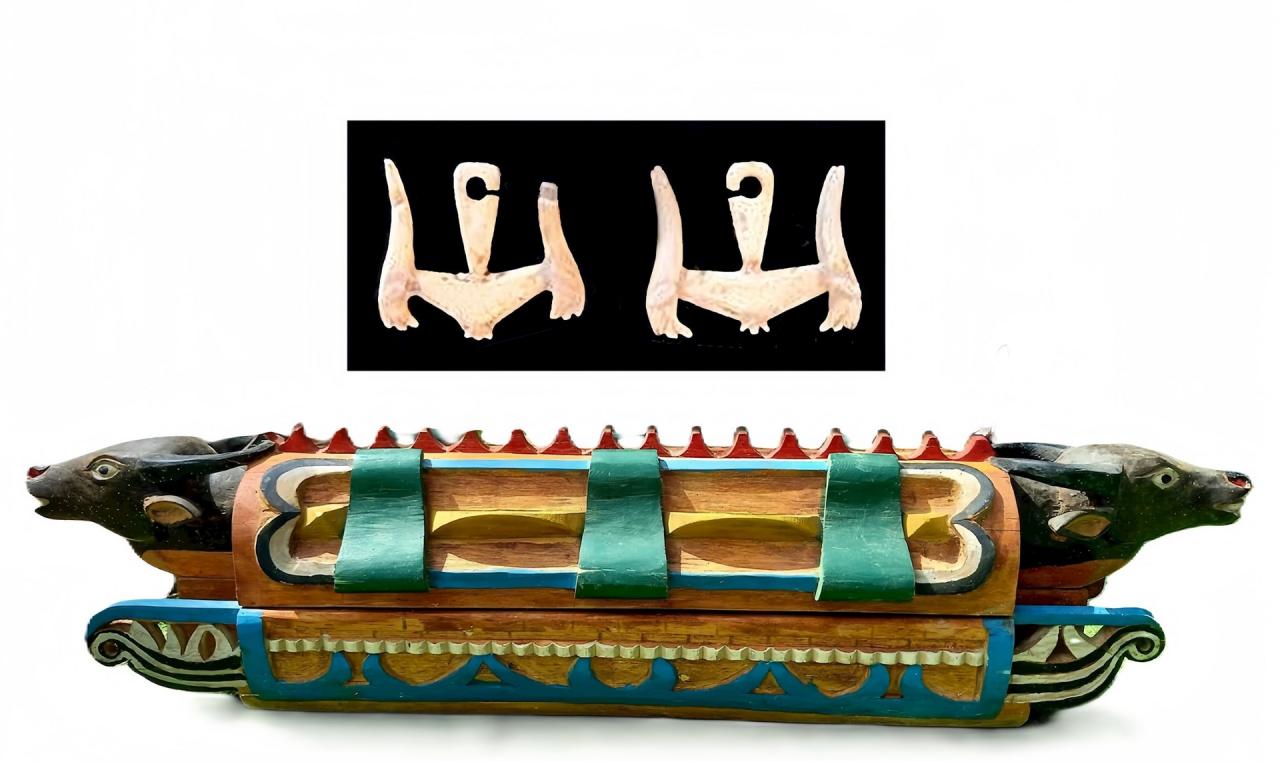
Unlike the Kinh people, the Co Tu people in Co Noonh do not use a wheel to shape their pottery. They make pottery in the same way that the ancient Sa Huynh people did thousands of years ago.
The clay block is formed into a cylinder, then placed on a piece of fresh banana leaf to prevent sticking. The potter bends down and moves around the clay block to shape the product.
They used a thin bamboo stick to adjust the thickness of the ceramic wall to be even; then used a wet, dry banana peel to polish the mouth of the product. Therefore, on the ceramic blank there are small scratches in the direction of rotation, similar to the product made on a turntable.
Comparing the traces of production on Sa Huynh pottery and Co Tu pottery, we found that the production techniques were similar, and the firing temperature of both types of pottery was not high because the pottery was fired outdoors.
In particular, people here also produce a type of tripod with 3 separate legs to use as a stove. The structure of this type of tripod is quite unique: the lower part is cylindrical, hollow inside, gradually narrowing and curving towards the top, the curved part on top is solid and sturdy.
When we saw the Co Tu tripod legs, we thought of two unique types of artifacts that were common in sites of the early Bronze and Iron Ages, contemporaneous with the Sa Huynh culture in our country, which were “ceramic ham hocks” and “cow horn pottery”, the uses of which have not yet been clearly determined.
The structure of the Co Tu tripod legs is a combination of both types of artifacts above: the hollow tube below resembles the “ceramic ham hocks”, its upper part resembles the upper part of “cow horn pottery”. The Co Tu tripod legs are an ethnographic evidence showing that “cow horn pottery” and “ceramic ham hocks” in archaeological sites are both kitchen tripod legs.
Source: https://baoquangnam.vn/dau-an-van-hoa-sa-huynh-trong-tam-thuc-nguoi-co-tu-3142641.html




![[Photo] Overcoming all difficulties, speeding up construction progress of Hoa Binh Hydropower Plant Expansion Project](https://vstatic.vietnam.vn/vietnam/resource/IMAGE/2025/4/12/bff04b551e98484c84d74c8faa3526e0)


![[Photo] Closing of the 11th Conference of the 13th Central Committee of the Communist Party of Vietnam](https://vstatic.vietnam.vn/vietnam/resource/IMAGE/2025/4/12/114b57fe6e9b4814a5ddfacf6dfe5b7f)
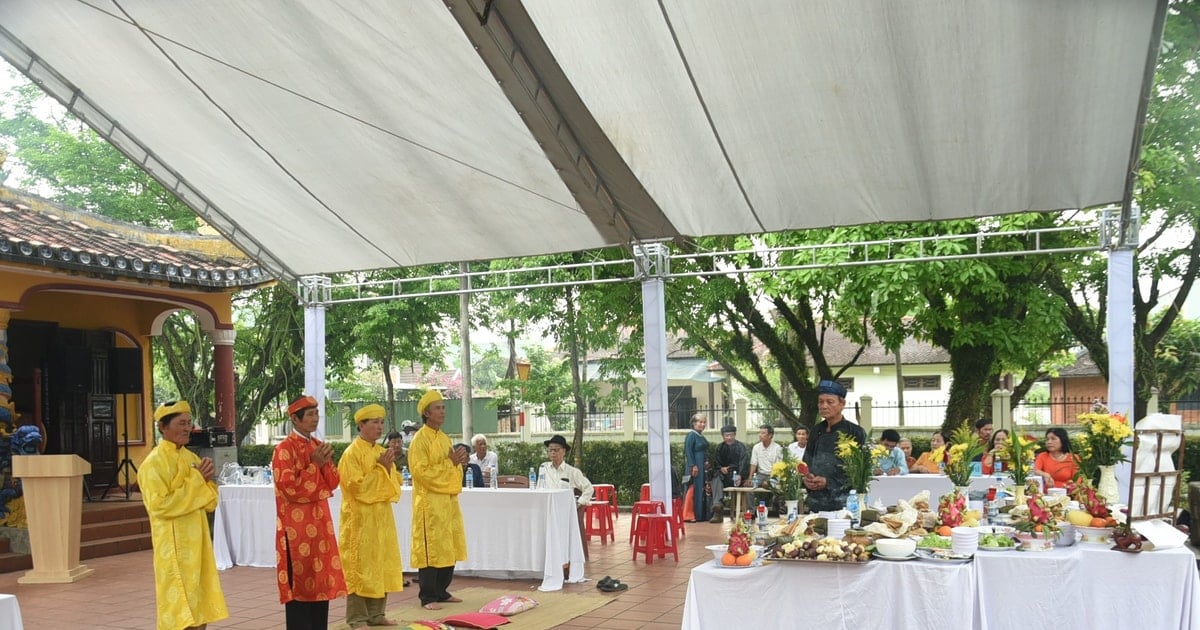


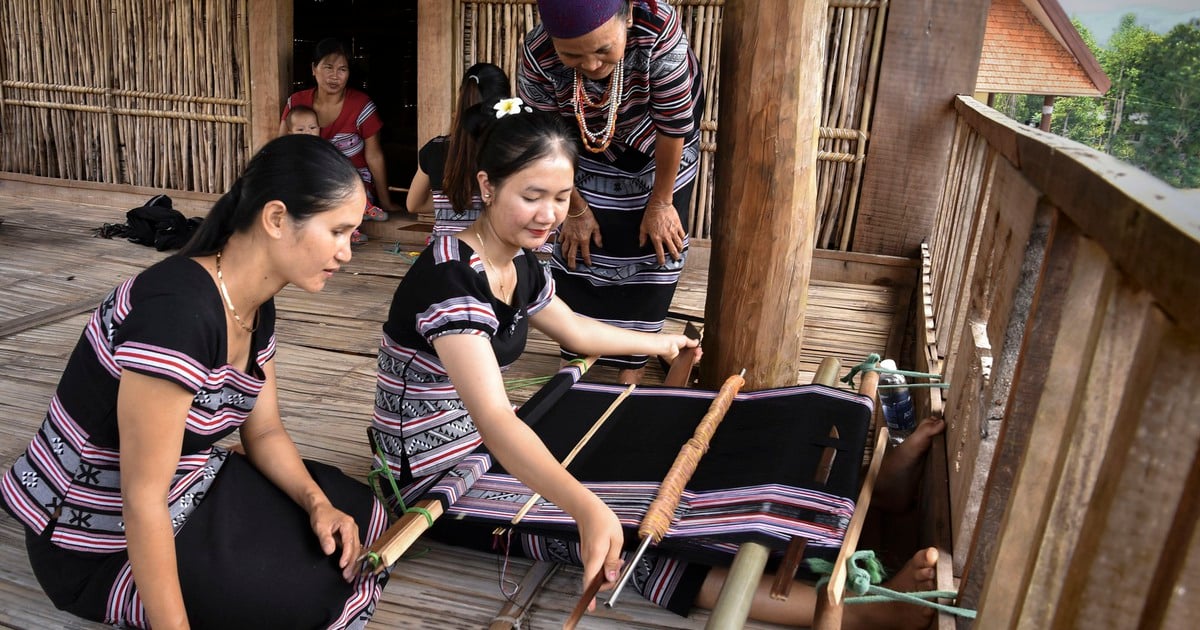

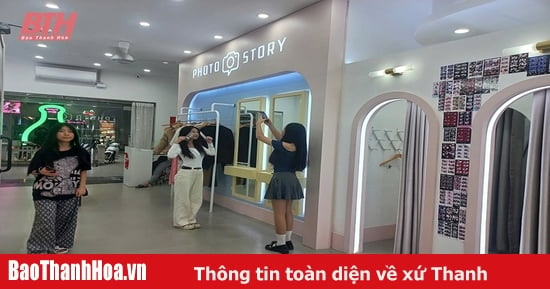




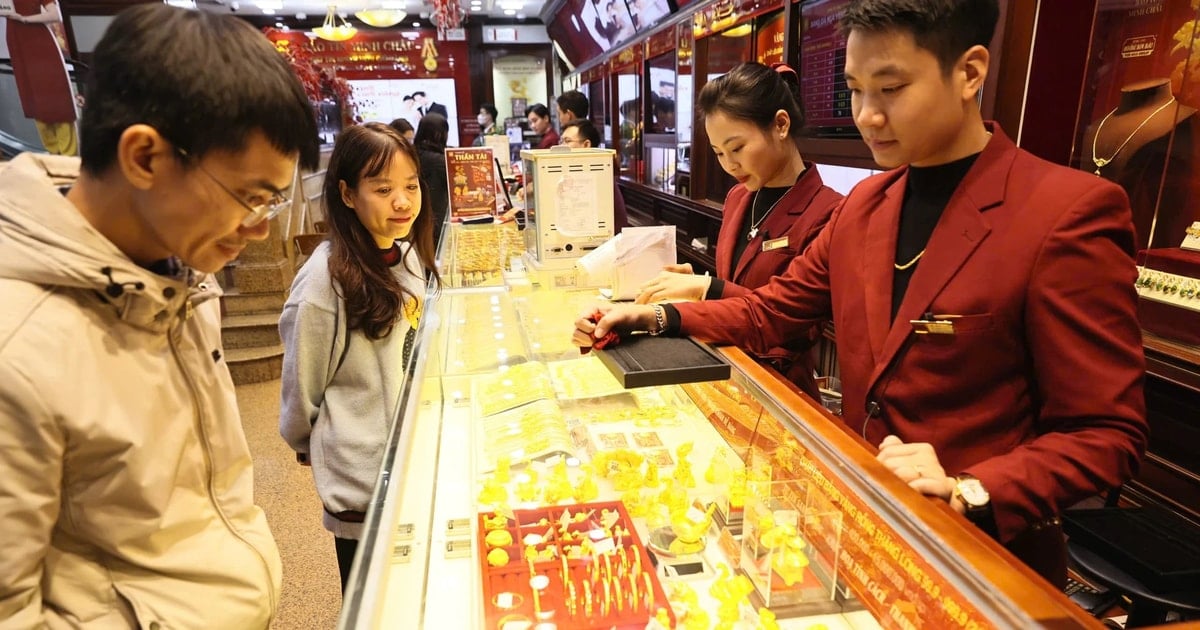








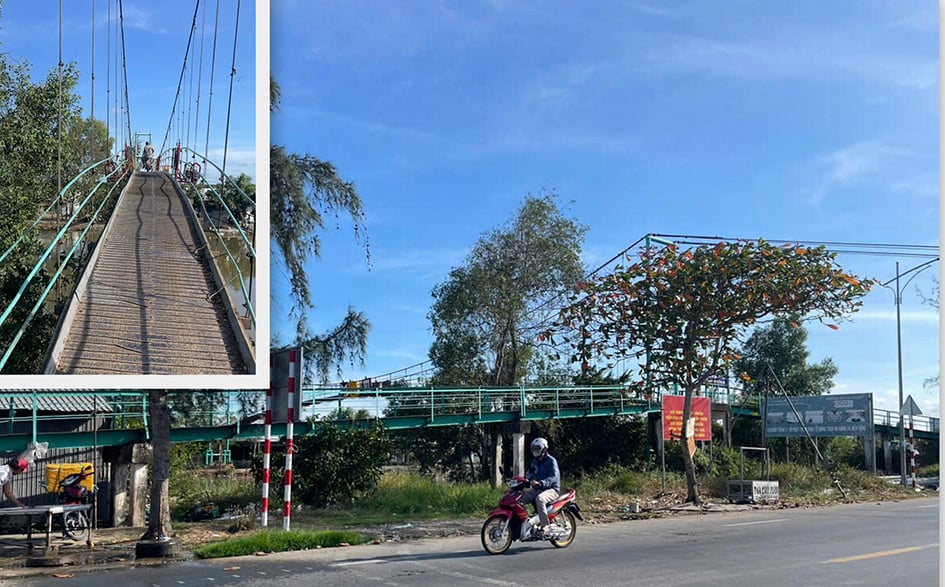
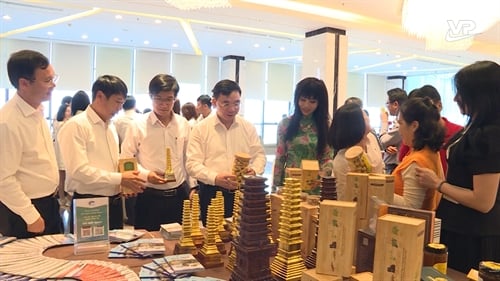


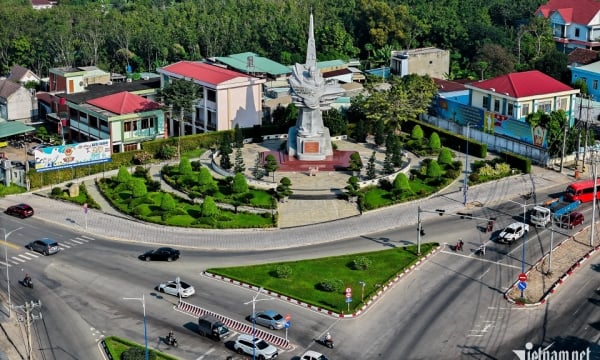













































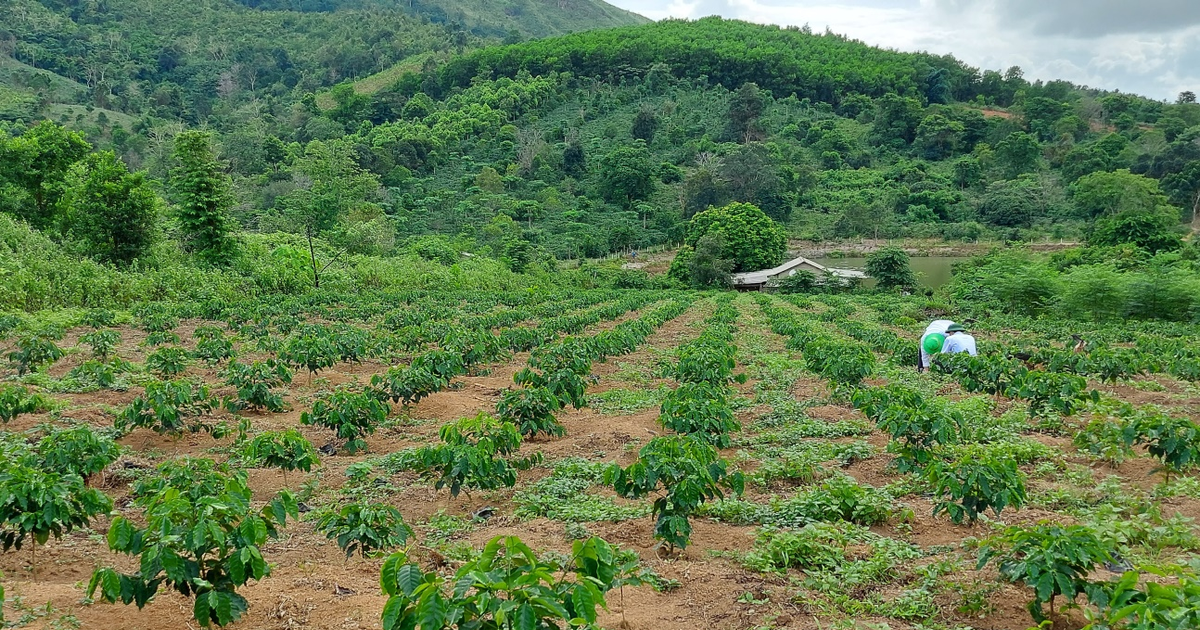



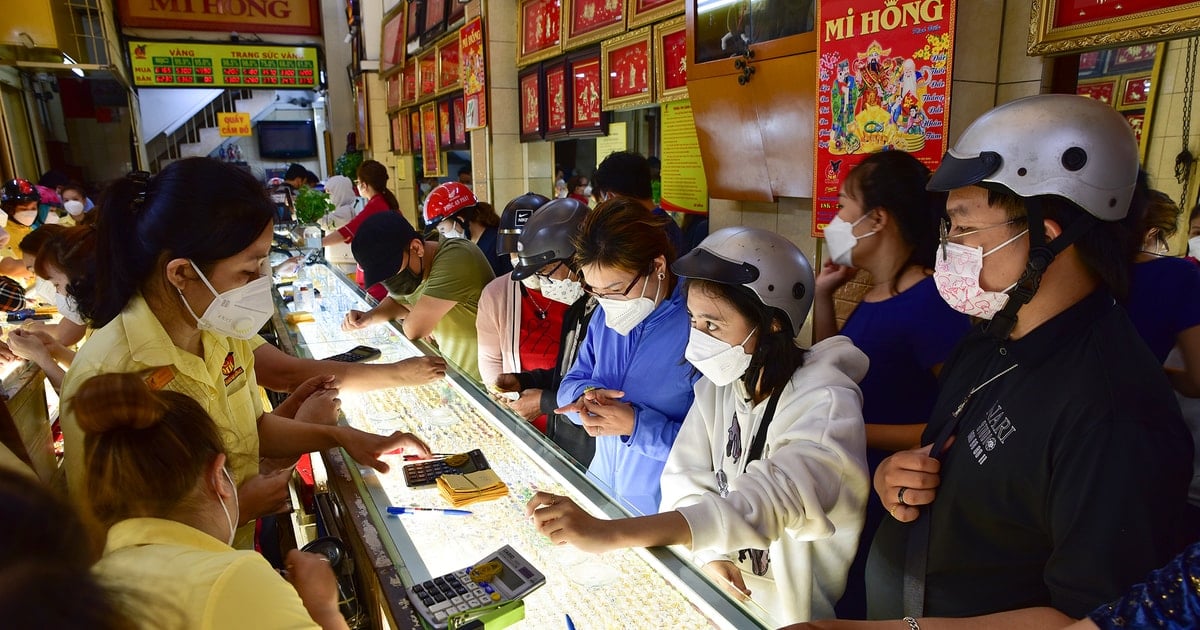











Comment (0)